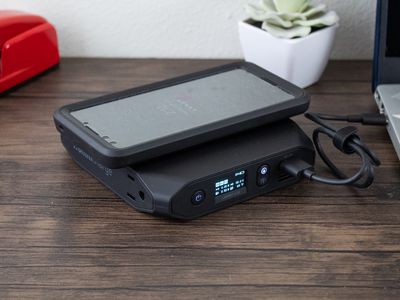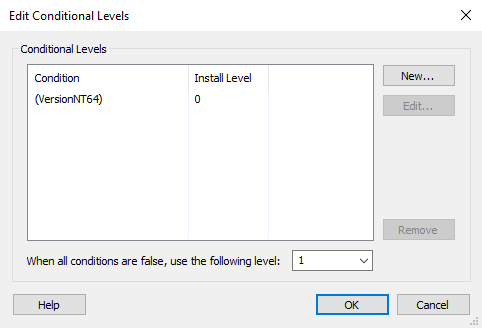
Exploring the Concept of Variable Response Menus: A Guide to Dynamic UI Engagement

Exploring the Concept of Variable Response Menus: A Guide to Dynamic UI Engagement
Table of Contents
- Introduction
- Registration
- Using Advanced Installer
- GUI
- Working with Projects
- Installer Project
* Product Information
* Resources
* Package Definition
* Install Parameters
* Organization
* Search Pane
* Feature Properties
* Conditional Levels Dialog
* Edit Conditional Level Dialog
* Component Properties
* Feature Picker Dialog
* Builds
* Analytics
* SCCM
* ActiveSync
* Requirements
* User Interface
* System Changes
* Server
* Custom Behavior - Patch Project
- Merge Module Project
- Updates Configuration Project
- Windows Store App Project
- Modification Package Project
- Optional Package Project
- Windows Mobile CAB Projects
- Visual Studio Extension Project
- Software Installer Wizards - Advanced Installer
- Visual Studio integration
- Alternative to AdminStudio/Wise
- Replace Wise
- Migrating from Visual Studio Installer
- Keyboard Shortcuts
- Shell Integration
- Command Line
- Advanced Installer PowerShell Automation Interfaces
- Features and Functionality
- Tutorials
- Samples
- How-tos
- FAQs
- Windows Installer
- Deployment Technologies
- IT Pro
- MSIX
- Video Tutorials
- Advanced Installer Blog
- Table of Contents
Disclaimer: This post includes affiliate links
If you click on a link and make a purchase, I may receive a commission at no extra cost to you.
Conditional Levels Dialog
This dialog contains a list of condition/level pairs. Each level will be set if the corresponding condition evaluates to True.

Use the [New… ] button to create a new condition/level pair, the [Edit… ] button to edit an existing pair or the [Remove ] button to delete it.
If more than one level will have their condition evaluated to True then the feature will use the highest one. If all level conditions are false, the feature will use its default level.
The feature is installed only if its resulting level is less than or equal to the current global installation level (INSTALLLEVEL property). The global installation level can be changed during installation by using the SetInstallLevel control event.
Topics
- Edit Conditional Level Dialog
The “Edit Conditional Level” dialog in Advanced Installer.
Did you find this page useful?
Please give it a rating:
Thanks!
Report a problem on this page
Information is incorrect or missing
Information is unclear or confusing
Something else
Can you tell us what’s wrong?
Send message
Also read:
- [New] A Comical Voyage Analyzing 'The Goofy Escapade'
- [New] Rapid Recording The 5-Second Lapses Pro
- [Updated] 2024 Approved Amplify Your Snapchat Experience with Easy Voice Customization
- [Updated] Pro Tips for Capturing 360-Degree Fisheye Photos
- 1. Mastering Installation Management: The Ultimate Guide to Effective Installer Control
- Advanced SQL Data Retrieval: Mastering the Query Editor
- Comprehensive Overview of Setting Customization Options
- Comprehensive Product Info Hub: Your One-Stop Guide
- Customizing Image Settings During Software Installation Process
- Expertly Curated List: 6 Finest Online Bargain Hubs to Maximize Savings
- How to Fake Snapchat Location without Jailbreak On OnePlus Ace 2 Pro | Dr.fone
- How to play MP4 files on Galaxy S24+?
- In 2024, How to Bypass Android Lock Screen Using Emergency Call On Oppo Reno 11 Pro 5G?
- Pioneering Online Video Secrets for YouTube's Spherical Livestreaming Techniques
- Quick Guide: Accessing Live TV Channels via VOD Services on Your Android Phone or Tablet
- Strategic Application Distribution Plan
- Understanding Permission Prompts: Enhancing User Experience
- Title: Exploring the Concept of Variable Response Menus: A Guide to Dynamic UI Engagement
- Author: Charles
- Created at : 2024-10-05 22:11:42
- Updated at : 2024-10-11 00:07:09
- Link: https://fox-tips.techidaily.com/exploring-the-concept-of-variable-response-menus-a-guide-to-dynamic-ui-engagement/
- License: This work is licensed under CC BY-NC-SA 4.0.